In last week’s blog post I explained the details behind the TTB’s recent announcement that starting in January of 2017 many US wineries will no longer be required to maintain their TTB wine bond. Not surprisingly I received a lot of follow up questions. There is no shortage of confusion around just this one topic of winery compliance. So I’ll be continuing to follow up with additional blog posts to explain exactly what a TTB wine bond is and how to determine whether or not your winery will qualify to no longer need one. Today’s post however is meant to clarify a possible misunderstanding. Simply because your winery may no longer need to maintain a TTB wine bond does NOT mean that you won’t still need your TTB basic permit as a winery.
All businesses that desire to make and sell wine in the US will still be required to obtain (or maintain) a TTB basic permit as a winery. I underlined make in that sentence because as a “producing and blending” TTB winery permit holder that means your winery must actually ferment either grapes or juice (Or both) on a regular basis. TTB code breaker: ferment = make or produce! I always suggest to winery clients that they ferment at least some gallons every year. (Which would then show up on their TTB 5120.17 report as “produced by fermentation”) If your winery has not or is not showing some “produced by fermentation” gallons on this required TTB report then in the eyes of the TTB your site is not “acting like a winery” and your TTB permit can be downgraded from a winery type to a wine cellar type. I also remind my clients that qualify to file under the small producers tax credit for their TTB excise taxes that they must show “produced by fermentation” gallons every year in order to file for this credit on their TTB excise tax reports.
Here are some other thoughts on the TTB’s elimination of the wine bond for qualifying wineries. What will happen to the use of the phrase “bonded winery” for example? We love that phrase, and it is often used incorrectly from my readings in the winery compliance world. For example I’ve often seen the phrase “virtual winery” used to describe what are technically a “bonded winery” type of business, something that is an ongoing annoyance. Plain and simple a bonded winery is a business that holds a basic permit with the TTB as a winery. Who holds this type of TTB basic permit? Stand alone winery sites are one group, alternating proprietors or APs are another, and then sites which house more than one type of alcohol beverage production facility, such as a brewery which also makes cider on the same site will hold both a TTB brewery permit as well as a TTB winery basic permit. (for the cider production)
Also a “bonded winery” has a “BWN” number. We often refer to this as the TTB permit number, which is also inaccurate. If you look at your winery’s TTB permit up in the top right corner you’ll see 4 numbered boxes. Box # 1 is titled “permit number” and will list your state TTB permit number. Such as CA-W-12345. This is NOT your “bonded winery” number. Your winery’s “bonded winery” number is the one listed in box #3. This is your BWN #, such as BWN-CA-54321. The TTB calls this your registry number. That however is the correct number to use on all your TTB reports, what is required to be listed on the bill of lading for a shipment of bulk wine, and is also listed on any TTB label approvals that are submitted for wines bottled at your winery site.
